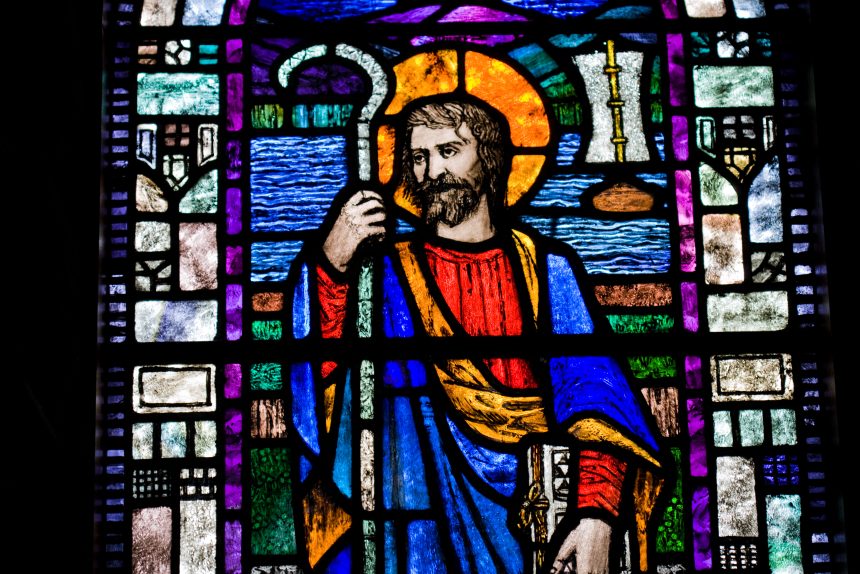Patrick, Ireland’s patron saint, left an indelible green mark on the world—a legacy that stretches from the Emerald Isle’s ancient ruins to almost every town and city around the globe. But who was the real St Patrick, the man whose name has become synonymous with shamrocks, parades, and global celebrations of all things Irish every March 17?
Born into a Romanized family in Britain in the 5th century, St Patrick was captured by Irish raiders at the age of 16 and spent several years in slavery. During this time, his faith became his anchor, providing him the strength to survive. After escaping, St Patrick was driven by a powerful vision that called him back to Ireland—not for revenge, but to bring Christianity to the very land that had once held him captive. This was to become the catalyst that ultimately shaped Ireland’s identity as the land of saints and scholars.
In addition to his missionary efforts, St Patrick’s exceptional ability to connect with the Irish people on a personal level was crucial to the spread of Christianity across the island. His genuine empathy and respect for local traditions helped break down barriers, enabling him to gain a following that transcended regional divides in ways never seen before. Patrick cleverly incorporated elements of native beliefs, such as the symbolism of the sun, making Christianity more relatable and eventually leading to the creation of the Celtic Cross.
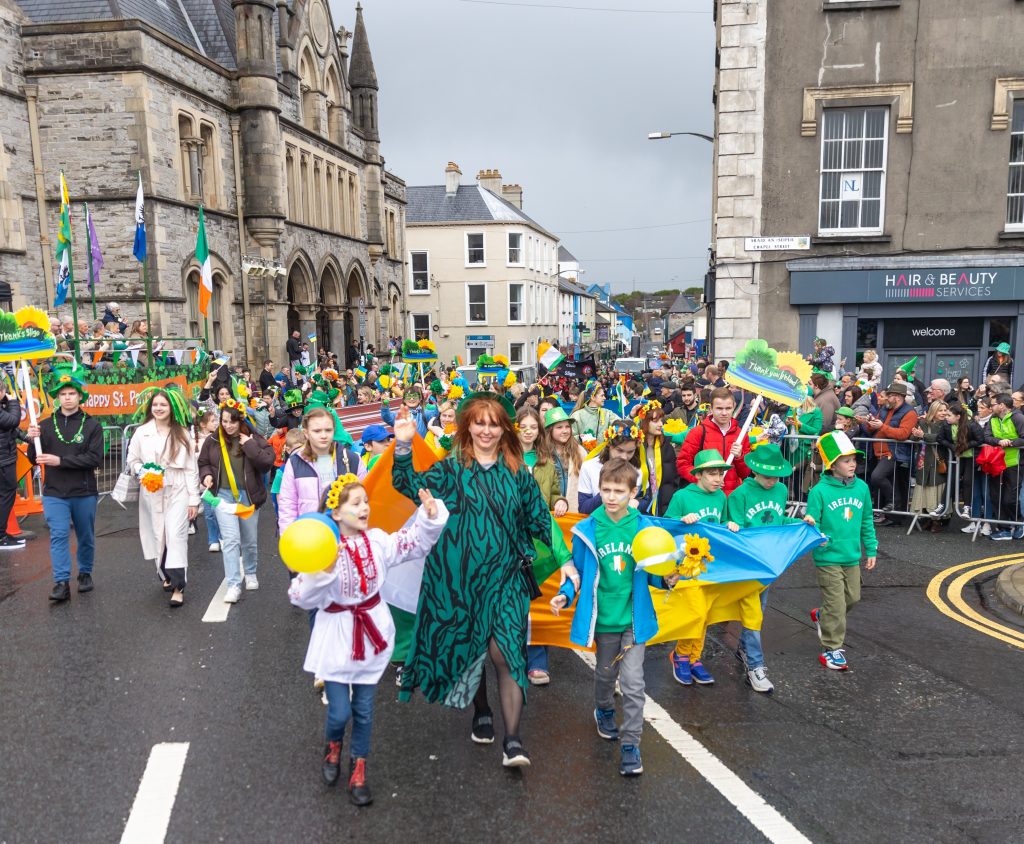
His success in converting the Irish stemmed not only from his fervent faith but also from his understanding of the people he sought to lead, allowing him to bridge the gap between their pagan practices and the new faith. Through his leadership, Christian values became deeply embedded in Irish culture, setting the stage for Ireland to emerge as a centre of knowledge and spirituality in Europe during the Dark Ages.
St Patrick’s story blends history and legend, with the lines often blurred. One of the most enduring myths is that he drove all the snakes out of Ireland—a tale more symbolic than factual. Another well-known story is about the shamrock, which Patrick is said to have used to explain the Holy Trinity, forever linking the three-leafed plant to both Ireland and Christianity
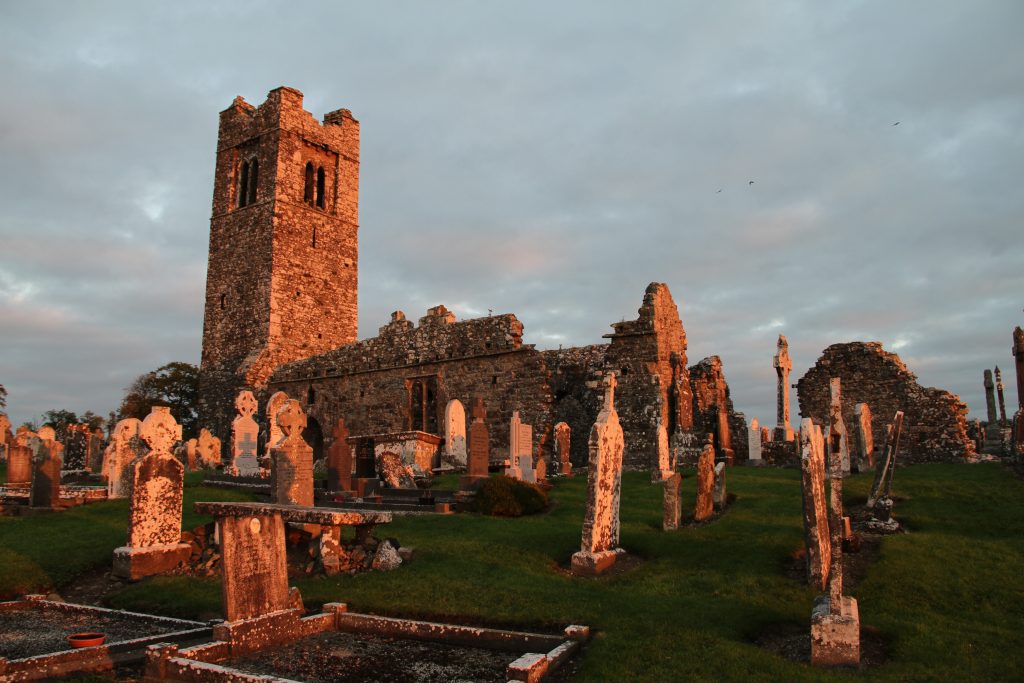
Here are 10 facts about Ireland’s patron saint that you might not know.
1. He was not originally from Ireland
Although St Patrick symbolises Ireland and St Patrick’s DayOpens in new window is celebrated by people with Irish heritage worldwide, he’s believed to have been born in either Wales or Scotland. At the age of 16, he was captured by British slave traders and brought to Ireland to work as a shepherd on Slemish Mountain, County Antrim. There, he worked hard for six years and turned to prayer as a consolation. After escaping to France, Patrick spent many years studying religion before returning to Ireland, the place, which – he believed – helped him find God.
2. Patrick was not his real name
Although he is known throughout the world as Patrick, his birth name was Maewyn Succat. Maewyn later changed his name to Patrick (or Patricus), which means “nobleman” or “father figure” in Latin, when he began his religious work and was eventually ordained as a bishop.
3. He’s associated with the shamrock
You might be aware of Ireland’s association with the shamrock, but did you know it’s all because of St Patrick? According to the story, St Patrick plucked the small three-leafed plant from the ground to explain the concept of the Holy Trinity to the pagan Irish during the 5th century. Visit Ireland on St Patrick’s Day, and you’ll notice people wearing fresh shamrock in their buttonholes or pinned to their coats.
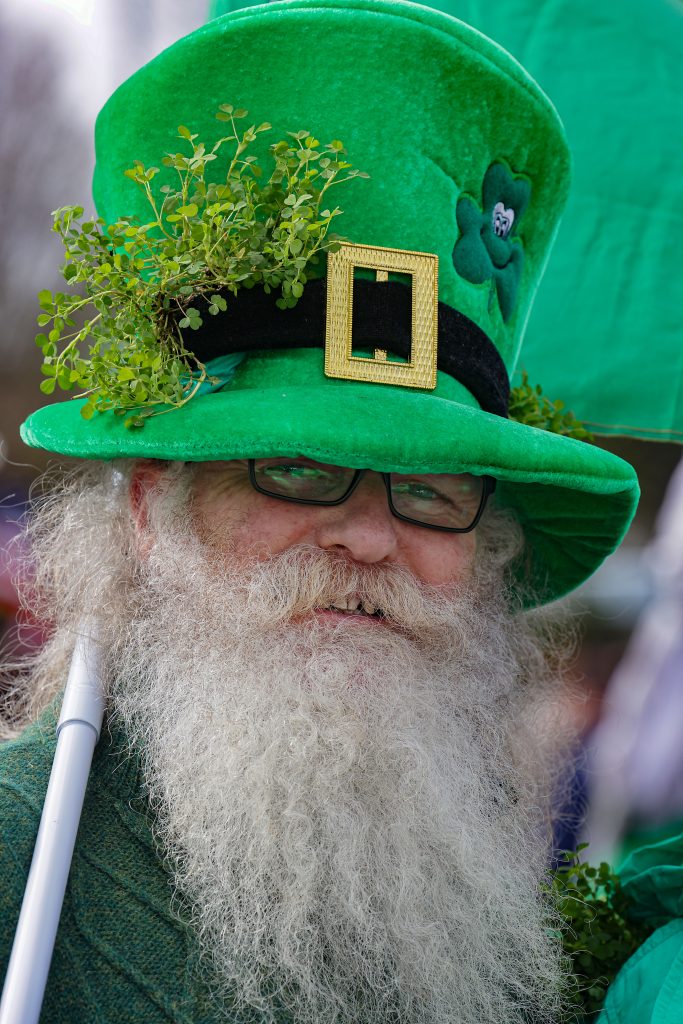
4. He has a holy well
It’s believed that while travelling the country, St Patrick stopped at a well in Tipperary, where he first met St Declan, who founded a monastery at Ardmore, County Waterford. It was believed that St Patrick’s blessing of the well created a miraculous effect, which caused the water to have curative properties, bringing relief from many ailments for those who drank from it or bathed in it. Today St Patick’s Well is a peaceful, picturesque place comprised of a 12th-century church and ancient stone cross.
5. He didn’t banish any snakes
Folklore states that St Patrick stood on top of a hill, brandishing a staff and banished all the snakes and serpents from Irish soil, commanding them to take themselves into the sea. However, according to archaeologists, there is no evidence of any reptile population in Ireland at that time, and it is thought that the snakes were a metaphor for evil and for people who did not follow the Christian faith.
6. Green was not his favourite colour
Although we all associate the colour green with St Patrick and Ireland as a whole, it is believed that he actually wore blue. But as the Irish landscape famously boasts 40 shades of green and its most famous symbol, the shamrock, is also the same hue, it stands to reason that its patron saint would also be depicted wearing the same colour.
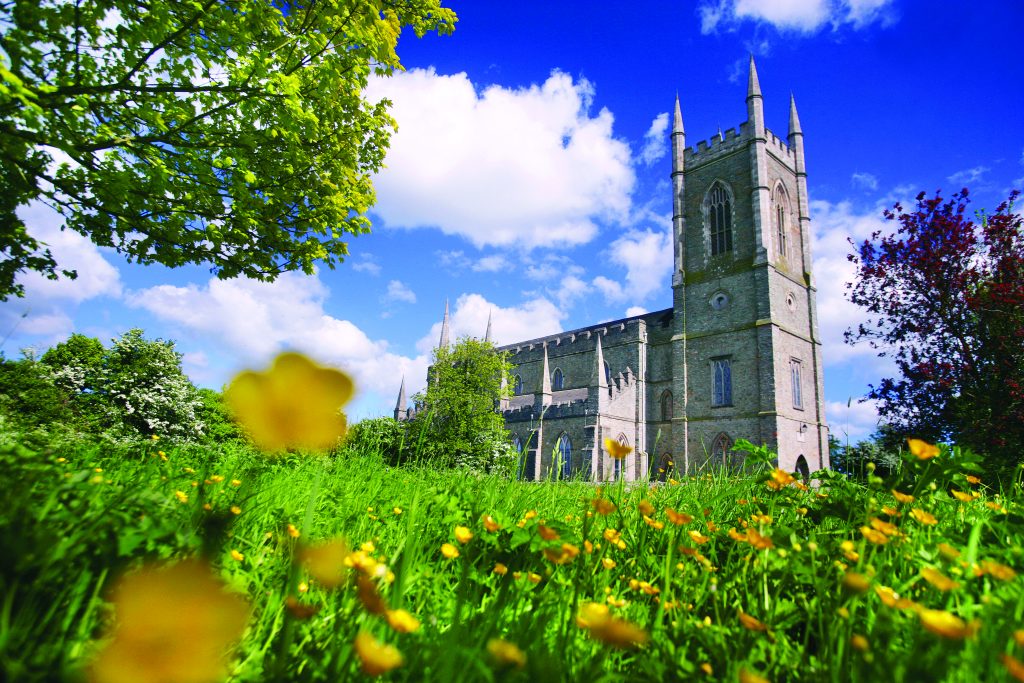
7. 17 March is not St Patrick’s birthday
Although St Patrick is celebrated on this date, it is not the anniversary of his birth, but instead marks the date he died: 17 March, 461 AD.
8. The first St Patrick’s Day parade was not in Ireland
Surprisingly, the first place to honour the patron saint of Ireland was not on his own turf, but in the USA. The earliest known festival in honour of St Patrick is said to have taken place in Augustine, Florida, in 1601, while the first parade in his name in Ireland was not until 1903 in Waterford. Today, there are St Patrick’s Day parades and festivals all over the island, from the town of Killarney in County Kerry to Dublin’s famous celebrations.
9. He wrote two books
As well as spending almost four decades converting people to Christianity in Ireland, it is also believed that St Patrick devoted time to writing, having completed two works in Latin: Confessio (or the Declaration in English) which is an autobiographical account of his life, and Epistola (Letter to the Soldiers of Coroticus) which is also based on his own life.
10. He is buried in County Down
Although he did not hail from these shores originally, St Patrick spent most of his life on the island of Ireland. After four decades of tireless missionary work, it is believed that he died in Saul in Northern Ireland and was laid to rest at Down Cathedral, Downpatrick, alongside fellow saints Brigid and Columba. You can find out more about the saint’s life and times at the St Patrick CentreOpens in new window in Downpatrick, beside St Patrick’s Grave.
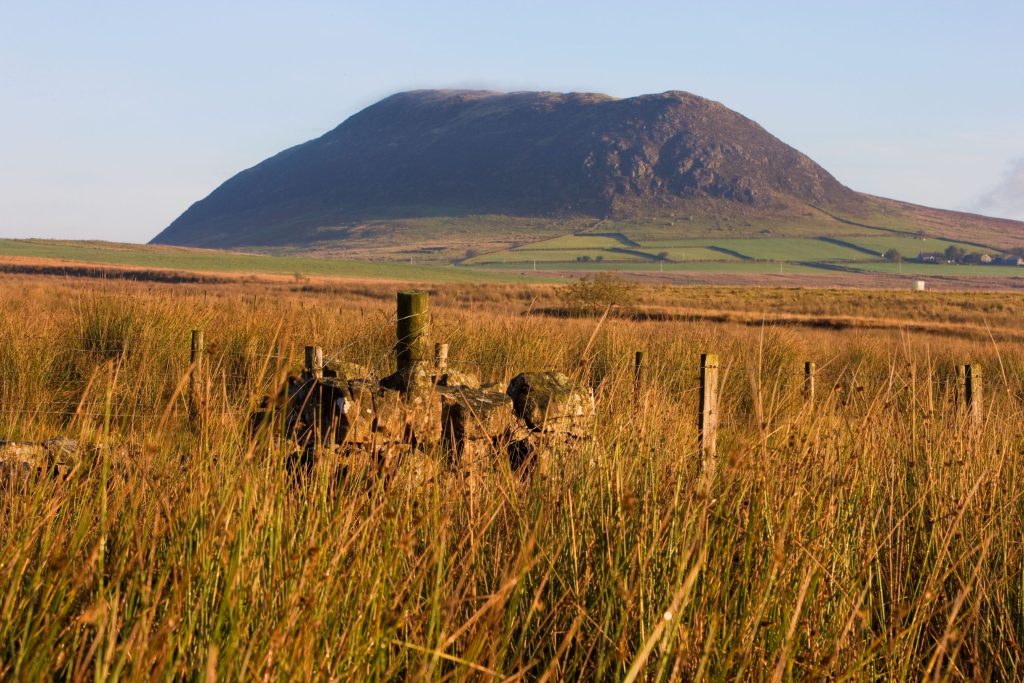
Want to go a wee step further and get back to the source… here are 10 great ways to connect with his legacy over on the Emerald Isle.
Slemish, County Antrim
North of Belfast, Slemish Mountain offers a humbling glimpse into St Patrick’s early years when he was enslaved as a shepherd. Today, the mountain’s steep climb rewards hikers with panoramic views of the Antrim countryside. But what most visitors notice is the stillness – as if the mountain itself holds a memory of the hardships Patrick endured.
Downpatrick, County Down
As the place where St Patrick is said to have died on 17 March 461 AD, Downpatrick is one of Ireland’s most sacred sites. Here, visitors can pay their respects at the tomb of St Patrick at Down Cathedral. Nearby, the St Patrick’s CentreOpens in new window offers an immersive experience of the life of Ireland’s patron saint, bringing his legend to life through interactive exhibits.
Croagh Patrick, County Mayo
No St Patrick pilgrimage is complete without a trek up Croagh PatrickOpens in new window, the mountain that looms large in Irish legend. Known as the “Reek” to locals, it’s here where Patrick is said to have banished the snakes from Ireland. The hike up this sacred mountain is challenging, but the views of Clew Bay and the surrounding landscape make it more than worth the effort.
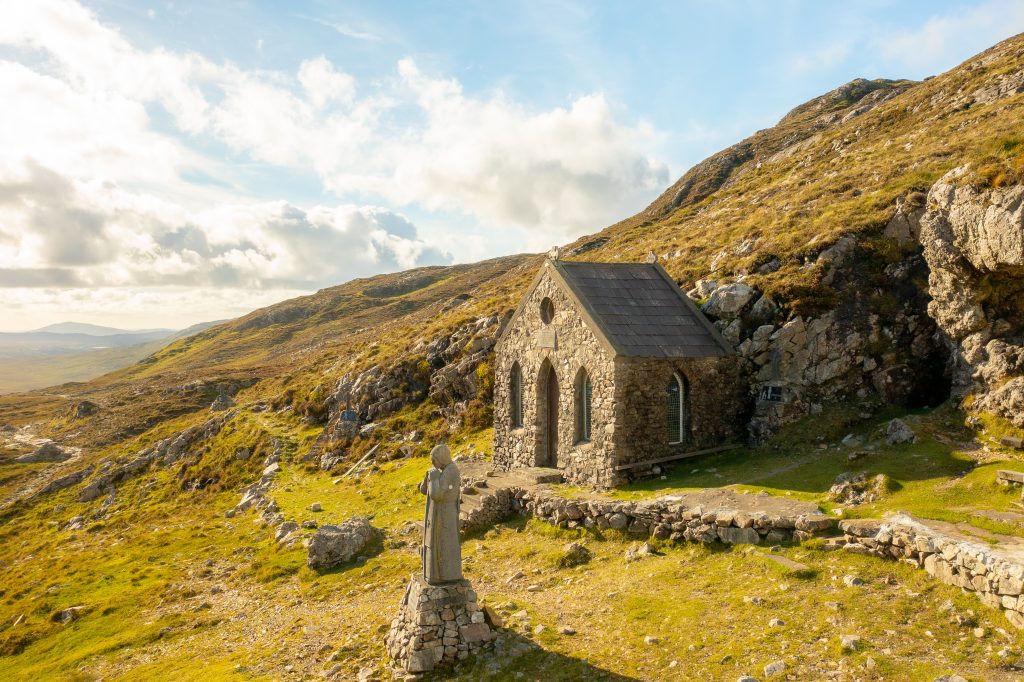
Slane, County Meath
On the Hill of Slane, history and mythology merge seamlessly. According to legend, this is where St Patrick lit a paschal fire to defy the pagan rituals of the Irish High King, Laoghaire. It was an act of defiance that marked the beginning of Ireland’s conversion to Christianity. Today, visitors can climb the hill to the monastic ruins and soak in the wide views of the Boyne ValleyOpens in new window, a region rich in myth and Neolithic history.
Ardpatrick, County Limerick
In County Limerick, the hilltop village of Ardpatrick is a quiet destination where it’s believed that Patrick established one of his first monastic settlements. The views from the hilltop are stunning, offering a peaceful escape from the hustle and bustle of Ireland’s more famous landmarks.
Downpatrick Head, County Mayo
Rising dramatically from the ocean off County Mayo’s Downpatrick Head along Ireland’s Wild Atlantic WayOpens in new window, Dún Briste is a towering sea stack that seems almost otherworldly. While this site is more steeped in legend than fact, the story goes that St Patrick separated this rocky outcrop with a strike of his crozier from the mainland to banish the Druid chieftain Cromduff, who met his eternal fate in isolation on the island.

Mám Éan, Chapel, Pilgrimage Trail, Connemara, Co Galway
Mám Éan, County Galway
In the heart of ConnemaraOpens in new window, the Mám Éan Pass offers a glimpse into both Ireland’s ancient pagan roots and its Christian heritage. Once a sacred site for the festival of Lughnasa, marking the transition from summer to autumn, this breathtaking valley was later woven into the story of St Patrick, who is said to have passed through, blessing the land and its people. Today, pilgrims and visitors alike can follow in the saint’s footsteps along the Mám Éan Walk, a short but challenging hike that winds through the wild, unspoiled landscape.
Cashel, County Tipperary
Rising majestically above the surrounding plains, the Rock of CashelOpens in new window is one of Ireland’s most magnificent sites, featuring a stunning cathedral, a round tower, and Cormac’s Chapel. Legend tells that Patrick baptised King Aengus here, though the story comes with a painful twist – Patrick accidentally pierced the king’s foot with his crozier. Despite the faux-pas, Aengus became the first Christian king of Munster.
Armagh City
ArmaghOpens in new window holds a special place in St. Patrick’s legacy. It was here that he founded a church in 445 AD, establishing the city as Ireland’s ecclesiastical centre. Today, Armagh boasts two cathedrals – one Catholic and one Protestant. Visitors can explore these impressive buildings and delve into the area’s rich ecclesiastical past while hiking along Saint Patrick’s WayOpens in new window, a pilgrim hike that stretches 132 km from Armagh city to Downpatrick.
Saul, County Down
Visiting Saul is a must-visit for anyone wishing to understand St Patrick’s missionary work in Ireland. It’s here that Patrick is said to have established the first Christian church in Ireland. The small Church of St Patrick marks this pivotal moment in Irish history. Take a hike up to Patrick’s Hill for a stunning view of Strangford LoughOpens in new window and the Mourne MountainsOpens in new window.




